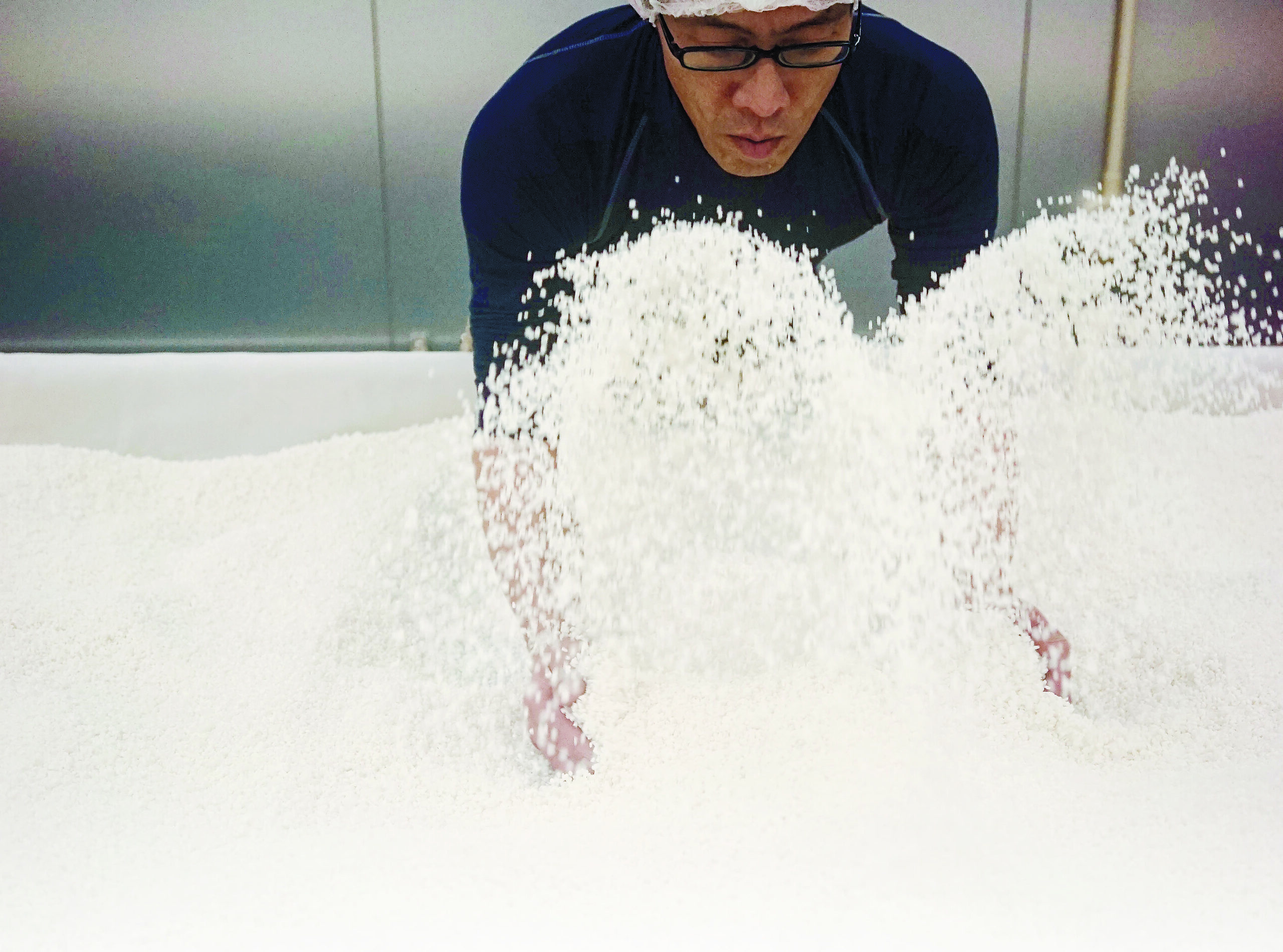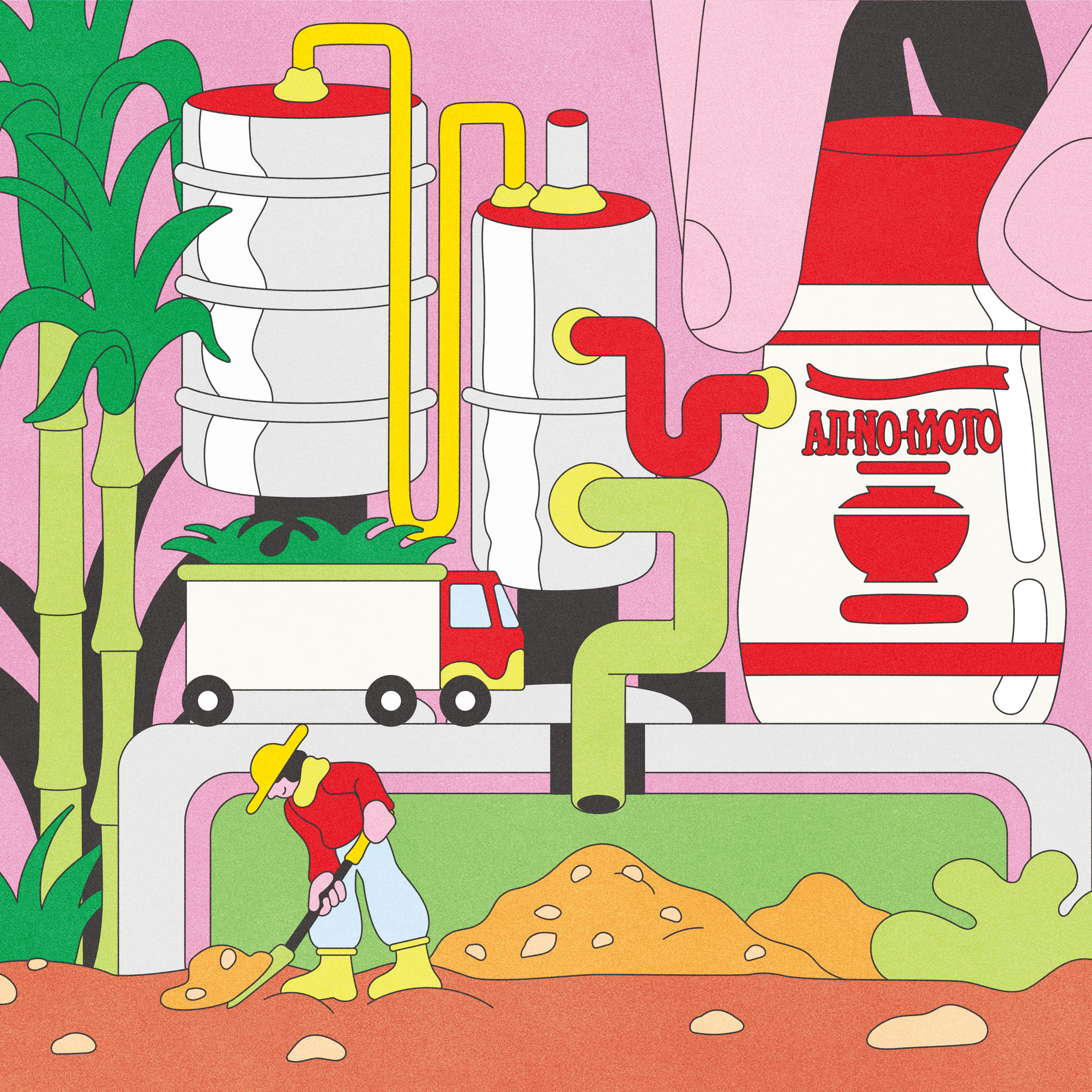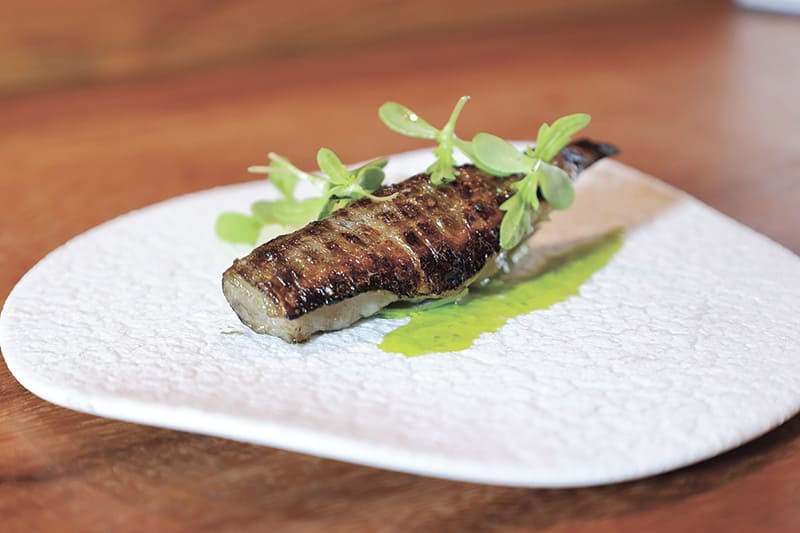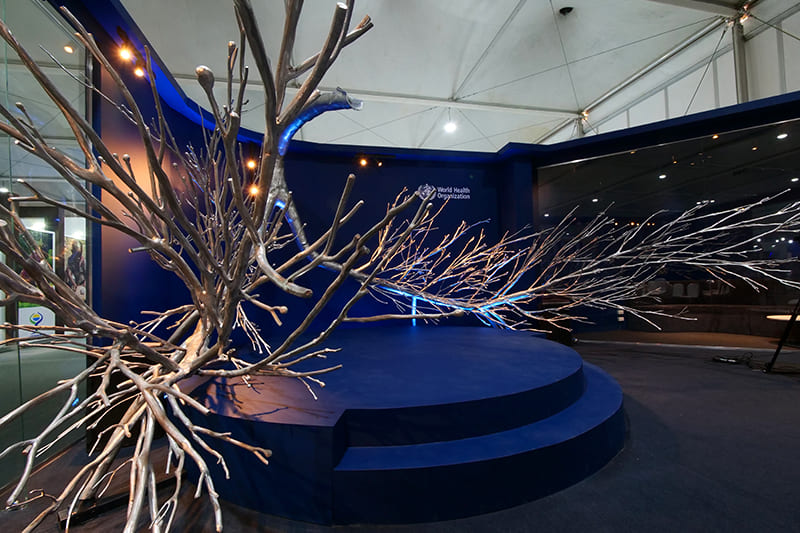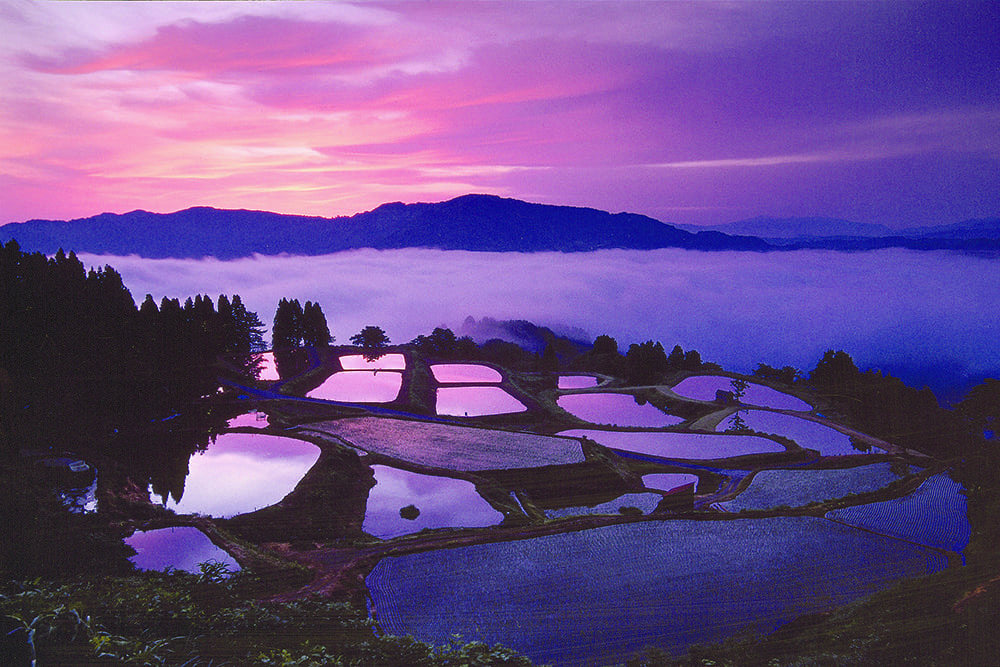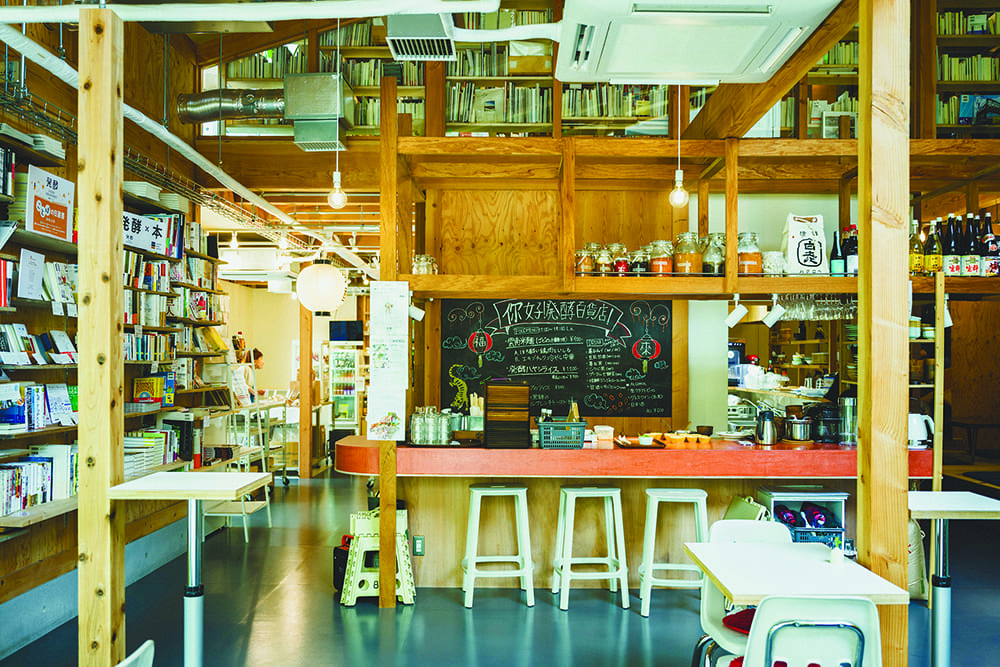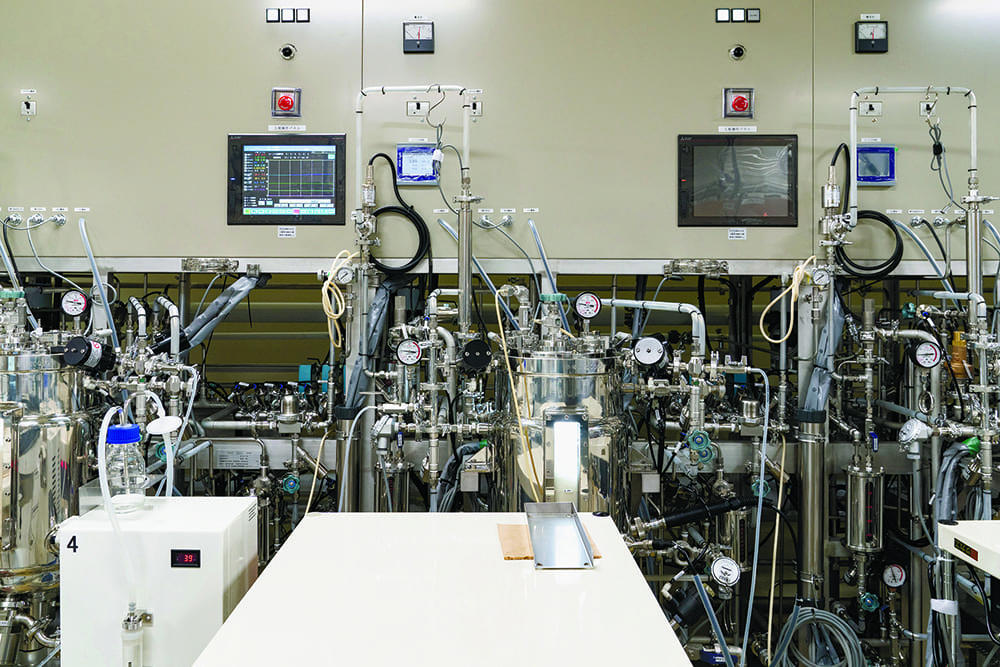June 28, 2021
Japan’s culture of fermentation teaches the wisdom of sustainability
Page 1
Japan’s unique and diverse array of fermented foods, developed over more than a thousand years, has recently been attracting attention around the world. The Danish restaurant Noma, four times selected as the world’s best restaurant, was quick to understand the importance of fermentation — so enthusiastic that it compiled years of research into “The Noma Guide to Fermentation.” Chef Rene Redzepi, who is also active in the Danish environmental movement, has long stated that he was influenced by Japanese food culture and its roots in the local natural environment, and fermentation is a key part of that influence.
Japan’s climate is hot and humid, and fermented foods were developed to be both tasty and long-lasting. In addition to sake and seasonings, uniquely evolved fermented foods are found throughout the country, such as nare-zushi, which is made by salting raw fish for more than six months. But the one that takes center stage in “The Noma Guide to Fermentation” is koji, an excellent fungus that is unique to Japan and that essentially created the foundations of Japanese cuisine, from sake to soy sauce, mirin rice wine, vinegar and miso. It takes on various tastes depending on how it is used, with meat and fish pickled in koji being tender and mellow in taste. The chemical reactions between the fungus and fresh ingredients will no doubt continue to delight the palates of innovative chefs and excite their curiosity for years to come.
As research on the human microbiome has progressed in recent years, it has also become clear that fermented foods can help improve the health of our intestines. It is believed that there are more than 100 trillion microorganisms in the human body, and when the living yeast and lactic acid bacteria from fermented foods are active in our intestines, our immune system becomes stronger and our metabolism improves. Hence fermented foods are also seen as important from the perspective of health.
But the benefits of fermentation go beyond taste and health. The knowledge and culture surrounding fermentation can also provide clues for creating sustainable societies for the future. Hiraku Ogura, the self-proclaimed “fermentation designer” who recently set off a boom in fermented foods in Japan, writes in his travelogue about fermented foods from around the country that fermentation is “a wisdom and culture that was created by our ancestors in a harsh natural environment.” Methods of preserving food for lengthy periods naturally arose in areas where food resources were scarce. The delicate task of nurturing invisible microorganisms while keeping watch on temperature, humidity and the weather was perhaps another example of Japanese ingenuity stemming from constrained conditions. And it has minimal impact on the natural environment.
Fermentation even has applications beyond food. In Tokushima Prefecture, where plants are fermented to make indigo dyes, we may find clues leading to new dying methods that are not reliant on chemicals. In the Niigata Prefecture city of Nagaoka and elsewhere there have been experiments using microorganisms instead of chemical fertilizers to prepare soil.
In these special articles, we introduce regional initiatives, key people and restaurants making creative use of fermentation as we seek out hints for nurturing local economies through the environmentally friendly process of fermentation.
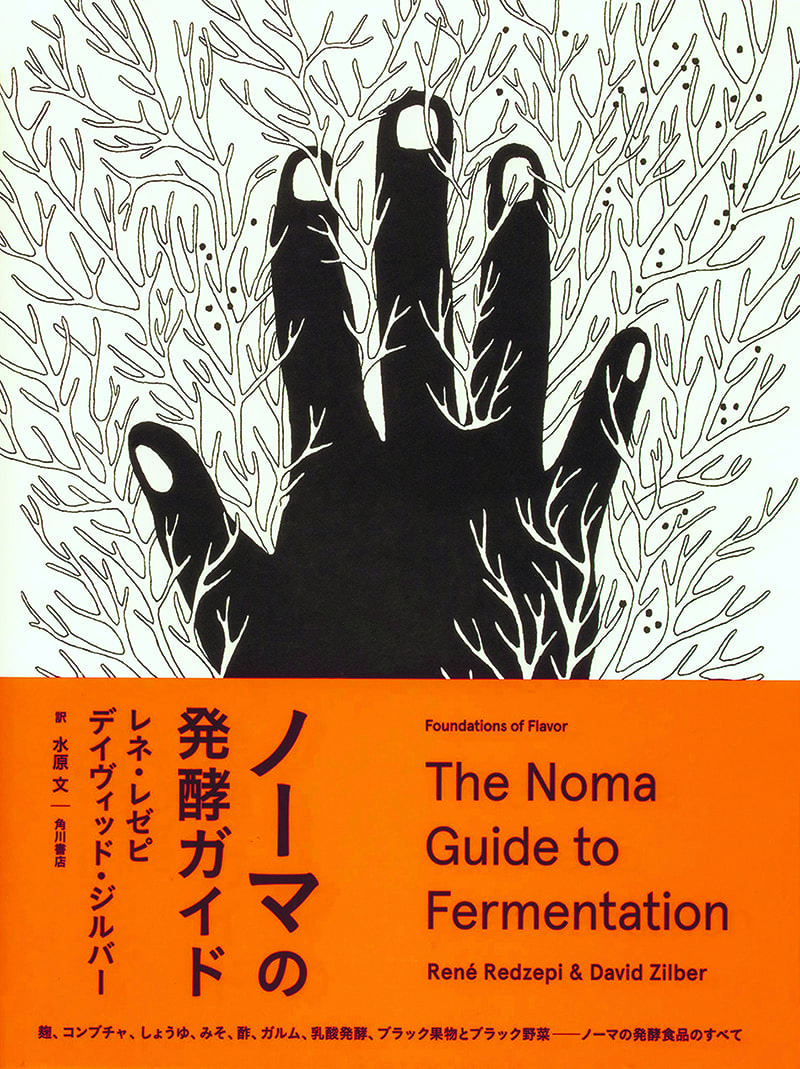
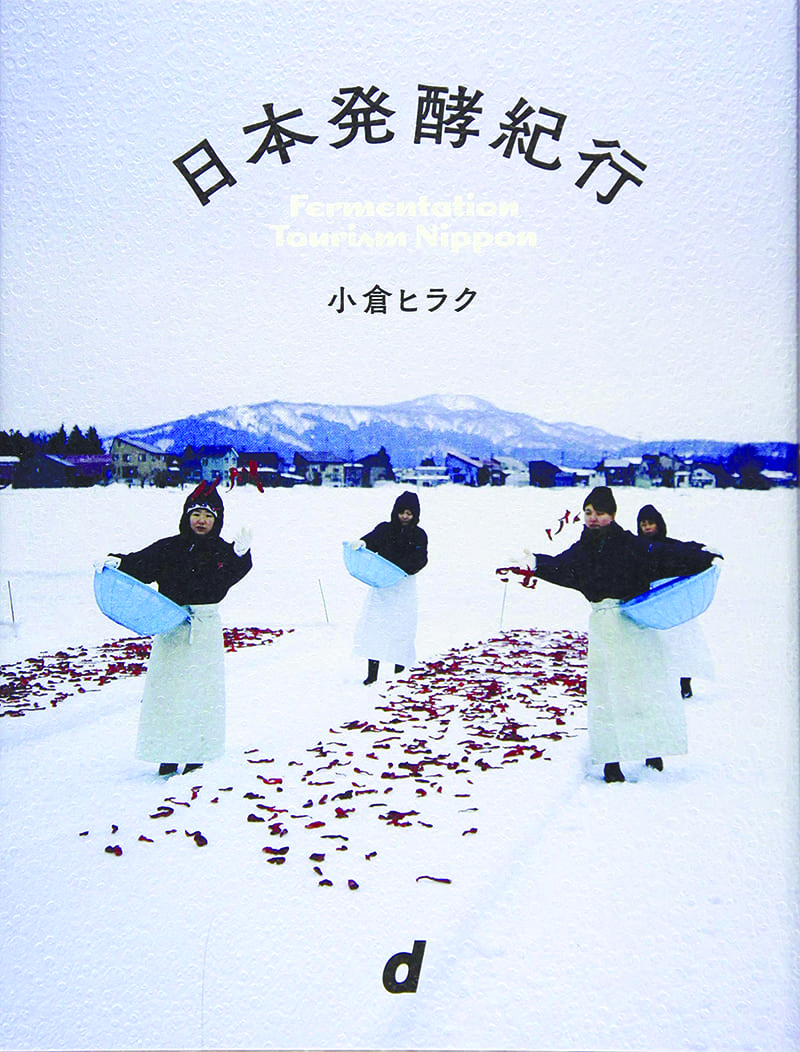

Arina Tsukada is an editor, writer and curator, an explorer of new fields of the arts and sciences who founded the Whole Universe Association in 2018. With a diverse professional background, she has been editor-in-chief of the online art and science magazine Bound Baw since 2016. She continues to explore new worlds of possibility through an interdisciplinary approach. Using her multidisciplinary background in the arts and sciences, she has organized multiple conferences, exhibitions, media productions and other events. She is also the author of the 2018 book “Art Science Is” and co-author of the 2019 book “Information Umwelt: A Guidebook for Playing Between the Body and AI.”
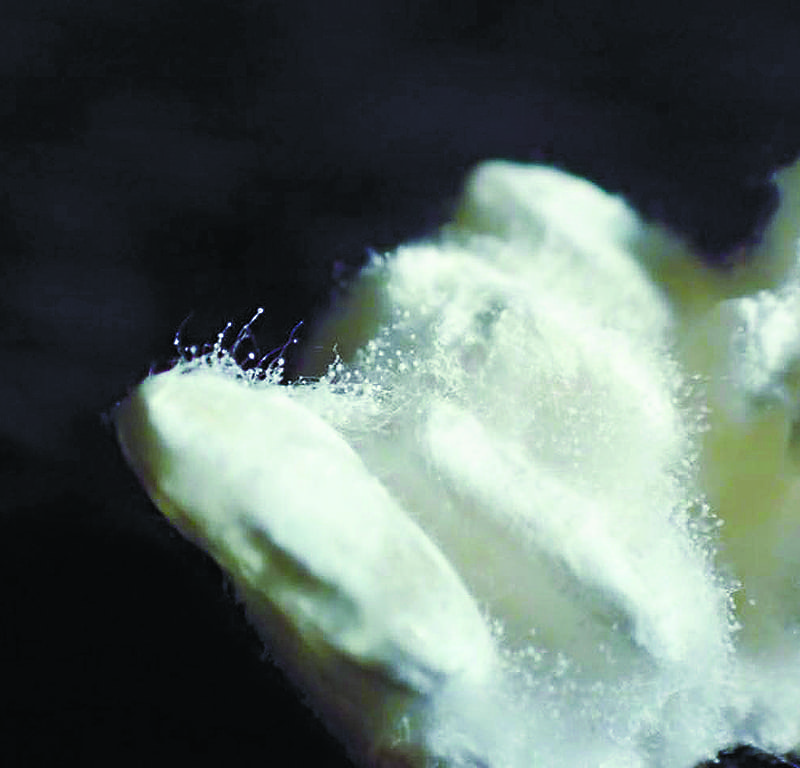
Arina Tsukada is an editor, writer and curator, an explorer of new fields of the arts and sciences who founded the Whole Universe Association in 2018. With a diverse professional background, she has been editor-in-chief of the online art and science magazine Bound Baw since 2016.
発酵文化が教えてくれる、日本のサスティナブルな知恵。
いま日本の「発酵」が世界的に注目を集めている。「世界のベストレストラン50」で4年連続1位を獲得したデンマークのレストランNomaは『Nomaの発酵ガイド』を発行。日本の食文化に影響を受けたと公言しているが、その最たるものが発酵だという。高温多湿な日本では、食品を長持ちさせるため様々な発酵食品がつくられてきた。特にこの本で大きく取り上げているのが「麹」だ。日本でしか用いられない「麹菌」は、日本酒、醤油、みりん、酢、味噌まで日本食の基礎をつくってきた。
だが発酵の一番着目したい点は、その生産技術や文化背景に、サスティナブルな社会をつくる上で重要な知恵が詰まっていることだ。発酵の技術は食品以外にも広がっている。草木を発酵させ染料にする藍染め技術は化学染料に頼らない衣料生産のヒントがある。また発酵における微生物のはたらきを利用し、化学肥料の代替となる土壌づくりなどの研究開発が新潟県長岡市などで始まっている。
Return to Sustainable Japan Magazine Vol. 1 article list page

